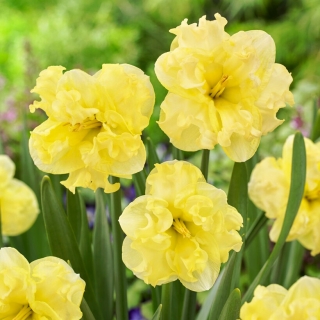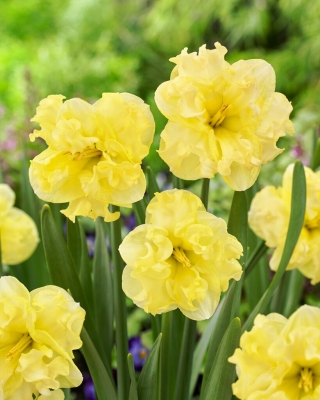- US Dollars ($)
- Euro (€)
- GB Pound (£)
- Chinese Yuan (元)
- Swedish krona (kr)
- Russian ruble (₽)
- Hong Kong dollar (HK$)
- Norwegian krone (kr)
- Indian rupee (₹)
- New Taiwan dollar (NT$)
- Danish krone (kr)
- Hungarian forint (Ft)
- Saudi riyal (SR)
- Bulgarian lev (лв)
- Czech koruna (Kč)
- Israeli shekel (₪)
- Indonesian rupiah (Rp)
- Japanese yen (¥)
- Korean won (₩)
- Malaysian ringgit (RM)
- Romanian leu (leu)
- Swiss franc (Fr.)
- Serbian dinar (din)
- Vietnamese đồng (₫)
- Ukrainian hryvnia (₴)
- Turkish lira (₺)
- Thai baht (฿)
- CAD Dollars ($)
- English
- German - Deutsch
- French - Français
- Spanish - Español
- Italian - Italiano
- Swedish - Svenska
- Norwegian - Norsk
- Danish - Dansk
- Nederlands
- Estonian - Eesti keel
- Finnish - Suomalainen
- Hungarian - Magyar
- Latvian - Latviešu valoda
- Lithuanian - Lietuvių
- Portuguese - Português
- Bulgarian - български
- Czech - Čeština
- Croatian - Hrvatski
- Romanian - Română
- Slovak - Slovák
- Slovenian - Slovenščina
- Categories
-
Seeds
-
Vegetable Seeds
-
Flower Seeds
- Herb Seeds
- Sprouting Seeds
- Flower Bulbs
-
Garden Equipment
-
At home
- Around home
-
Fertilizers
-
- All-purpose fertilizers
- Autumn and winter fertilizers
- Blueberry fertilizers
- Boxwood fertilizers
- Bulb plants' fertilizers
- Grass and lawn fertilizers
- Citrus plant fertilizers
- Compost
- Conifer fertilizers
- Dolomite and lime fertilizers
- Dry powder fertilizers
- Fertilizers for balcony and terrace plants
- Fertilizers for moss-infected lawns
- Fertilizers in pump sprayers
-
- Fertilizers in watering cans
- Fertilizers sticks
- Fertilizers with leaf shine
- Flowering plant fertilizers
- Fruit fertilizers
- Fruit tree fertilizers
- Garden plant fertilizers
- Gel fertilizers
- Geranium fertilizers
- Green plant fertilizers
- Herb fertilizers
- Home plant fertilizers
- Hydrangea fertilizers
- Lavender fertilizers
-
The Sunny Side Up daffodil is a magnificent variety with large, lemon-yellow/creamy-white flowers that sport split cups. It blooms in early spring, pleasing the eye especially when combined with deep blue grape hyacinths and hyacinths. This versatile bulb flower wonderfully adorns spring flower beds, but can also grow in containers, or in large patches in open areas. Spectacular flowers of the presented daffodil attract attention no matter where they appear. Their subtle, sweet fragrance that gets stronger the closer you get to the plant attracts pollinating insects. The Sunny Side Up daffodil is a great a cut flower. Its ornamental, frilly flowers can be arranged in bouquets that will adorn interiors. Narcissus bulbs contain poisonous substances, called alkaloids, that repel pests and rodents. Take advantage of that feature and plant daffodils with other bulbous plants to keep them healthy and safe.
Sunny or partially shady situations suit daffodils best. Plant their bulbs in autumn, in September and October, into moist, yet well-drained soil. Water them abundantly during the season, preferably once a week. As soon as you notice that the flowers tend to grow smaller, it is time to transplant the bulbs after the season. Dig out bulbs in summer, after the leaves have dried, clean them and plant again in autumn on a new site. Cover it with a layer of mulch or dry leaves.
One package contains five bulbs of the Sunny Side Up daffodil. Look for the basic plant facts and growing instructions on the package label.
- Variety: Sunny Side Up
- Use: ornamental - garden, cut flower
- Growth form: compact, erect
- Flower colour: lemon yellow
- Vegetation form: perennial
- Site: sunny; moist, permeable soil
- Bulbs: 5
- Flowering period: spring
- Planting period: September to October
- Wintering in the ground: yes
New



My account
Store
Customer information
Information

© -2024 Gardenseedsmarket.




